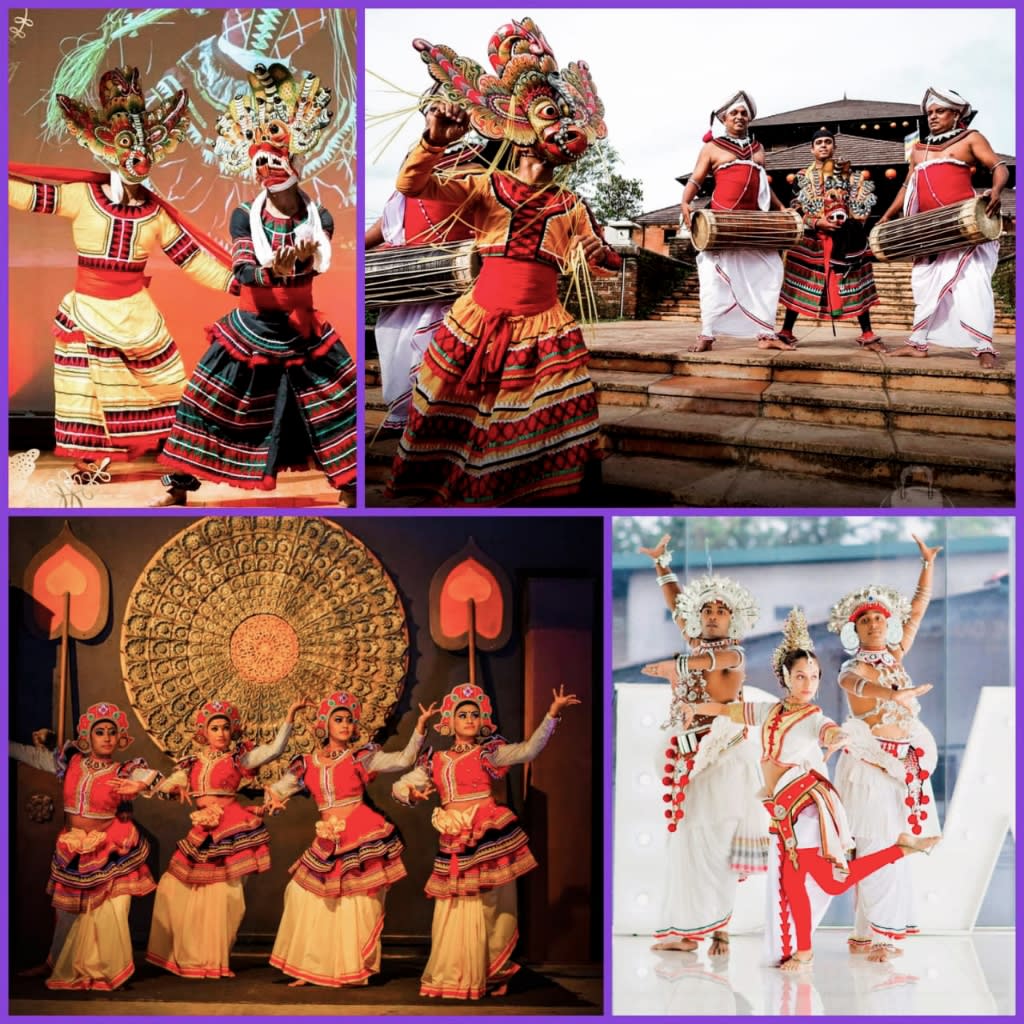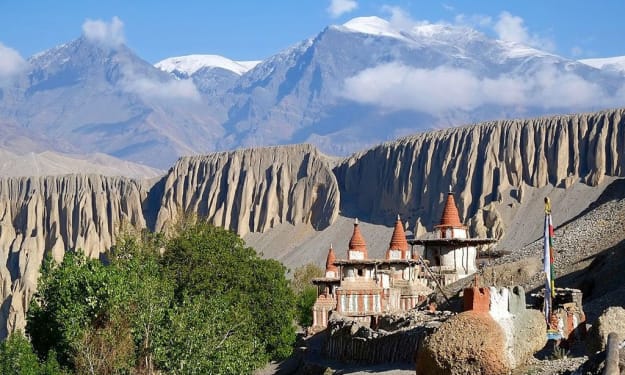
Sri Lanka is famous for its various classical and traditional dance traditions, which are brought to life by colorful costumes and rhythmic music. Looking back, the concept of Sri Lankan dance may be traced all the way back to the 4th century BCE. The fundamental goal of these Sri Lankan dances was to ward off natural disasters and illness.
With the conclusion of the Polonnaruwa era in the 15th century CE, the people of Sri Lanka were inspired by South Indian dance genres. Later, this South Indian style of dancing made its way into Sri Lankan folk dances. With the passage of time, the people of the country evolved new dance forms that were distinct and diverse from one another in terms of a certain region.
As a result, Sri Lanka is a diversified country rich in culture and legacy, making it a popular tourist destination around the world. These are some of Sri Lanka's most popular dance genres, which draw visitors to this lovely country. Make it a point to see a cultural Sri Lankan dance performance while you're in the nation.
Sri Lankan classical dances
Classical dance traditions are linked to the performance of a variety of centuries-old rites and ceremonies that are based on folk religion and beliefs that date back to before the arrival of Buddhism and its acceptance by the Sinhalese people in the 3rd century BC. The ideals, beliefs, and customs of an agrarian civilisation are reflected in these rituals and ceremonies.
The belief in a multiplicity of deities and devils who were capable of bestowing gifts and blessings while also causing afflictions and sicknesses characterized pre-Buddhistic folk religion. As a result, they needed to be either propitiated or exorcised through offerings and rites and ceremonies.
Sri Lanka is justifiably referred to as Asia's "Wonder." Sri Lanka is a cosmopolitan country with a diverse natural landscape as well as a rich cultural heritage that adds to the country's diversity. The country is home to a variety of folk dances; nevertheless, there are three main traditions of Sri Lankan dances that differ from one another in terms of attire, rhythm, and body motions. Sri Lanka's three primary classical dances are as follows:
1. Uda Rata Natum, or Hill Country Kandyan dances;
2. Pahatha Rata Natum, or low country dances of the southern plains;
3. Sabaragamuwa dances, or Sabaragamuwa Natum, or Sabaragamuwa Natum, or Sabaragamuwa Natum, or Sabaragamuwa Natum, or Sabaragamuwa Natum, or Sabaragamuwa Natum, or Sabaragam
The three classical dance disciplines differ in terms of movement and motion styles, costume design, and the type of the drums utilized to produce rhythmic music to the dance.
The Geta Bera drum is used in Kandyan dance, the Yak Bera drum is used in Ruhunu (low country) dancing, and the Davula drum is used in Sabaragamu dancing (the word Bera or Bereya in Sinhale means "Drum") The Geta Bera, like the Yak Bera, is beaten with the hands, although the Davula is played with one hand on one side and a stick on the other. The Geta Bera has a tapered body on both sides, whereas the Yak Bera and the Davula both have cylindrical bodies. Ruhunu dancers wear masks, which is the fundamental difference between Kandyan and Sabaragamu dancing.
The Kohomba Kankariya ritual, which is done to appease the deity known as Kohomba for the aim of getting respite from personal sufferings or community tragedies such as pestilence, gave birth to the Kandyan dance repertoire. Although this rite is rarely practiced nowadays, the Kandy Perahera, an annual religion-cultural celebration held in Kandy in honor of the Buddha's sacred tooth-relic kept in the Dalada Maligawa, the Temple of the Sacred Tooth, showcases the numerous dances related with its performance.
The Devol Maduwa - used to propitiate the Deity/demon Devol - and exorcistic rites known as the Rata Yakuma and the Sanni Yakuma - related with numerous demons who are thought to produce a variety of diseases and incurable illnesses - are the origins of Ruhunu dancing.
Sabaragamu dancing is connected to the Gam Maduwa ceremony, which is conducted to appease the goddess Pattini. The goal is to reap a bountiful harvest, ward against evil, or eradicate an infectious sickness.
The country is home to a variety of folk dances; nevertheless, there are three main traditions of Sri Lankan dances that differ from one another in terms of attire, rhythm, and body motions.
About the Creator
Enjoyed the story? Support the Creator.
Subscribe for free to receive all their stories in your feed. You could also pledge your support or give them a one-off tip, letting them know you appreciate their work.






Comments
There are no comments for this story
Be the first to respond and start the conversation.